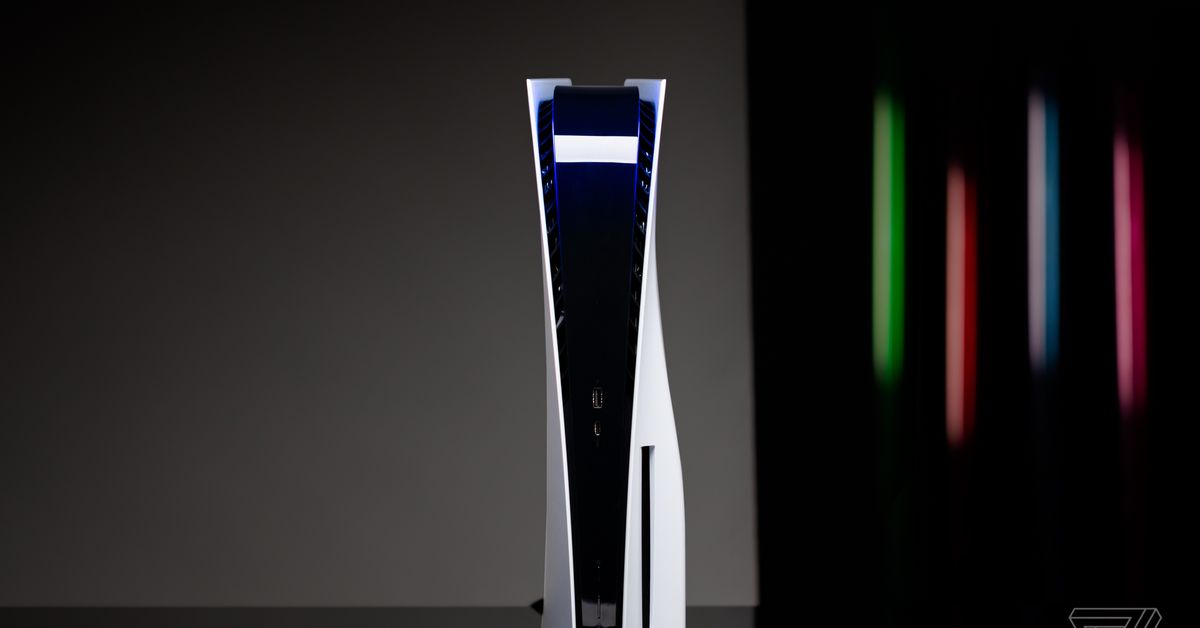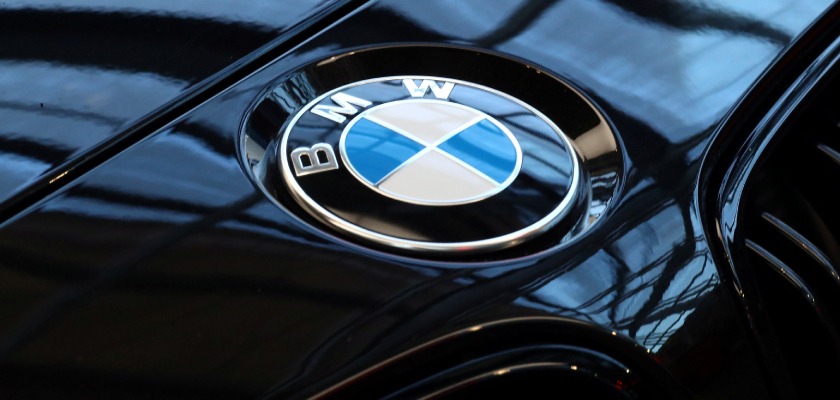Android 101: how to free up space on your phone
Illustration by Samar Haddad / The VergeIt can happen all too easily, especially if you’ve got an Android phone with less than 128GB of storage: one day, you try to install a cool new game or an intriguing new...
It can happen all too easily, especially if you’ve got an Android phone with less than 128GB of storage: one day, you try to install a cool new game or an intriguing new app, and you can’t. You’ve run out of space.
Don’t panic. If you’re not ready to buy a new phone, and your phone doesn’t have a handy microSD slot for some extra storage, you can probably still pick up a decent amount of free space with some simple house cleaning. Here are suggestions on how to get back some of that storage.
Note: These were tested using a Pixel 6 phone and a Samsung Galaxy S23, both running Android 14. Depending on your phone’s make and operating system, your directions may vary slightly.
Free up space with a cleaning tool
Both Pixels and Galaxy phones have built-in tools to help you increase the amount of useable storage on your phone.
With a Pixel
The Files app offers a variety of ways you can clean up your drive.
Tap on one of the choices to, say, remove duplicate files.
With a Galaxy
Samsung My Files also provides several ways you can remove unwanted files.
Samsung also offers a way to get rid of duplicate files.
How much space are your apps taking?
There are handy tools in your phone’s settings as well. For example, you can find out how much space each of your apps takes up.
With a Pixel
In Storage > Apps, you can see how much space apps take up.
It’s a good idea to clear your cache to save space.
(Note for newbies: it is usually safe to clear the cache. However, before you hit Clear storage, check to see what your user data is. You don’t want to accidentally delete any important media or documents.)
With a Galaxy
Smart storage
If you’re using Google Photos in any type of Android phone, there is a hidden toggle for a feature called Smart Storage, which gives your phone permission to automatically remove backed-up photos after 60 days. It will also automatically remove backed-up photos and videos if the storage on your device has less than 25 percent space left. You can turn it on (or off) via Google’s Files app.
Smart Storage is found in the Settings section of the Files app.
Smart Storage will permanently delete all media on your phone that’s been backed up.
Check your apps
A good way to save space is to make sure you’re not clogging up the works with apps that you haven’t used in months. It’s all too easy to download an app, try it out, and then let it sit while you go on to other things.
If you’re curious about how long it’s been since you’ve used certain apps, here’s how to find out. This works on a Pixel or a Galaxy phone.
The Play Store lets you see all the apps you’ve got on your device.
Sort the list by “Least used” to find which apps you can get rid of.
Store your photos online
Photos and videos can be some of the most space-hogging items on your phone. Luckily, if you’ve got an Android phone, you can upload your photos to Google Photos — and can therefore take them off your phone.
First, check to make sure you are backing up your photos to your Google account.
There are other options as well. For example, you can choose the quality of the photos you want to upload and whether you want the phone to upload photos when you’re using cellular data.
Now that you’re sure your photos are being backed up, you can delete them from your phone. It’s very likely that there is already a notice on top of the Photo app’s front page offering to free up memory from your device; if not, it’s easy to do.
You’ll be told how much space you’ll free up.
Keeping your photos in the cloud will save space on your phone.
Incidentally, if you have a Galaxy phone and use Samsung’s Gallery app, you have another choice.
Still running out of space? Then, unfortunately — or luckily, if you’re looking for a good excuse — it may be time to start thinking about a new phone, one with more storage space.
Update February 28th, 2024, 8:28AM ET: This article was originally published on August 9th, 2019, and has been updated to account for changes in Android and to add instructions for Galaxy phones.

 FrankLin
FrankLin 































